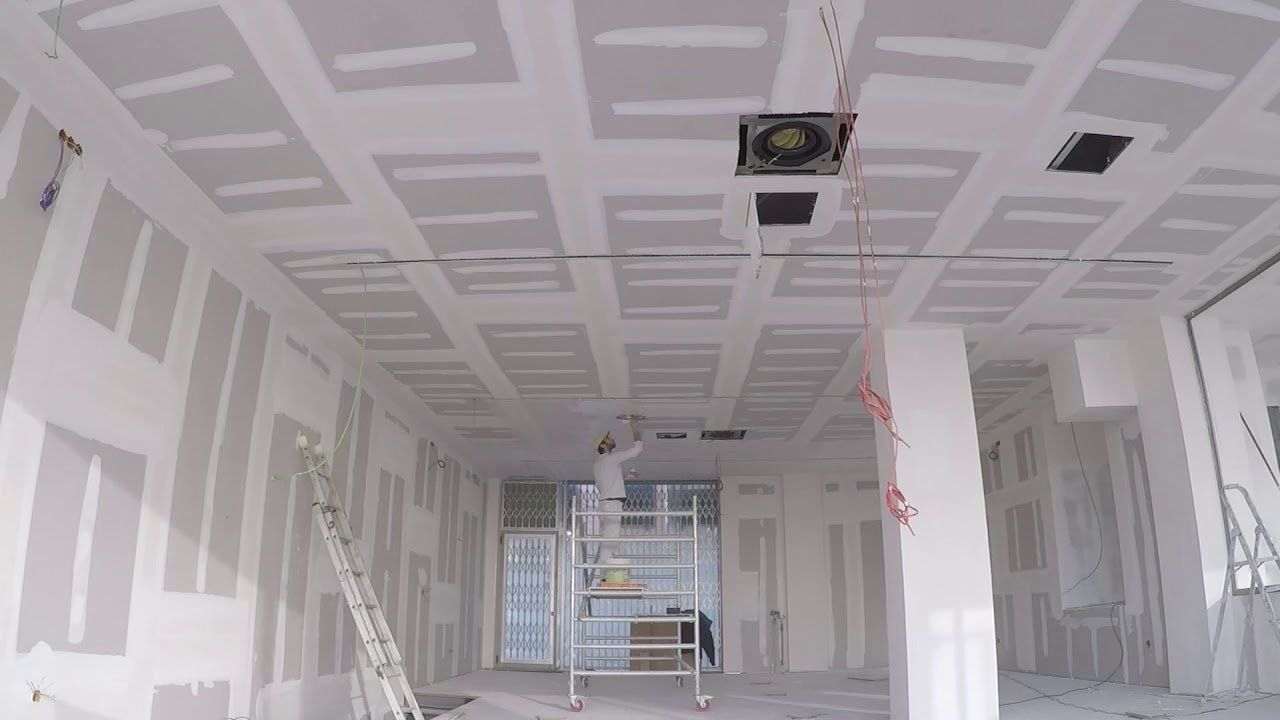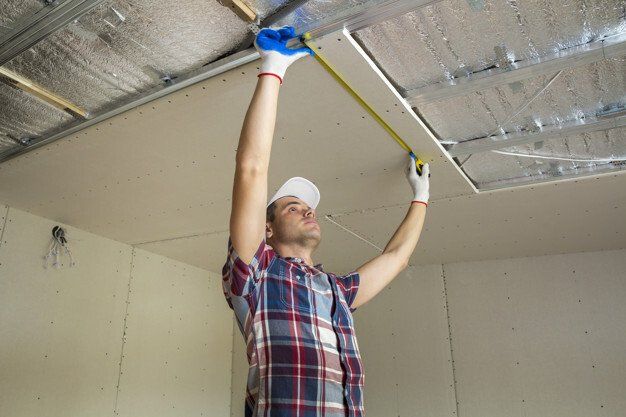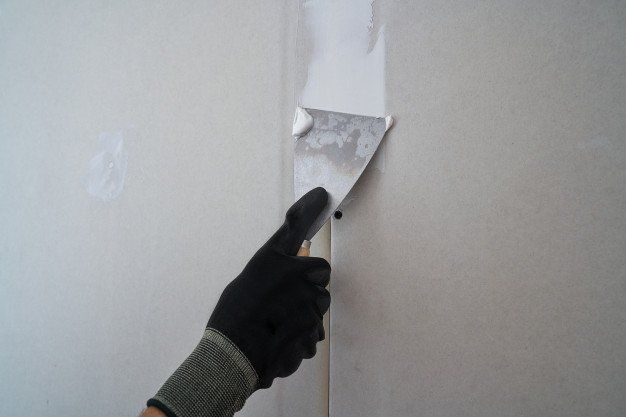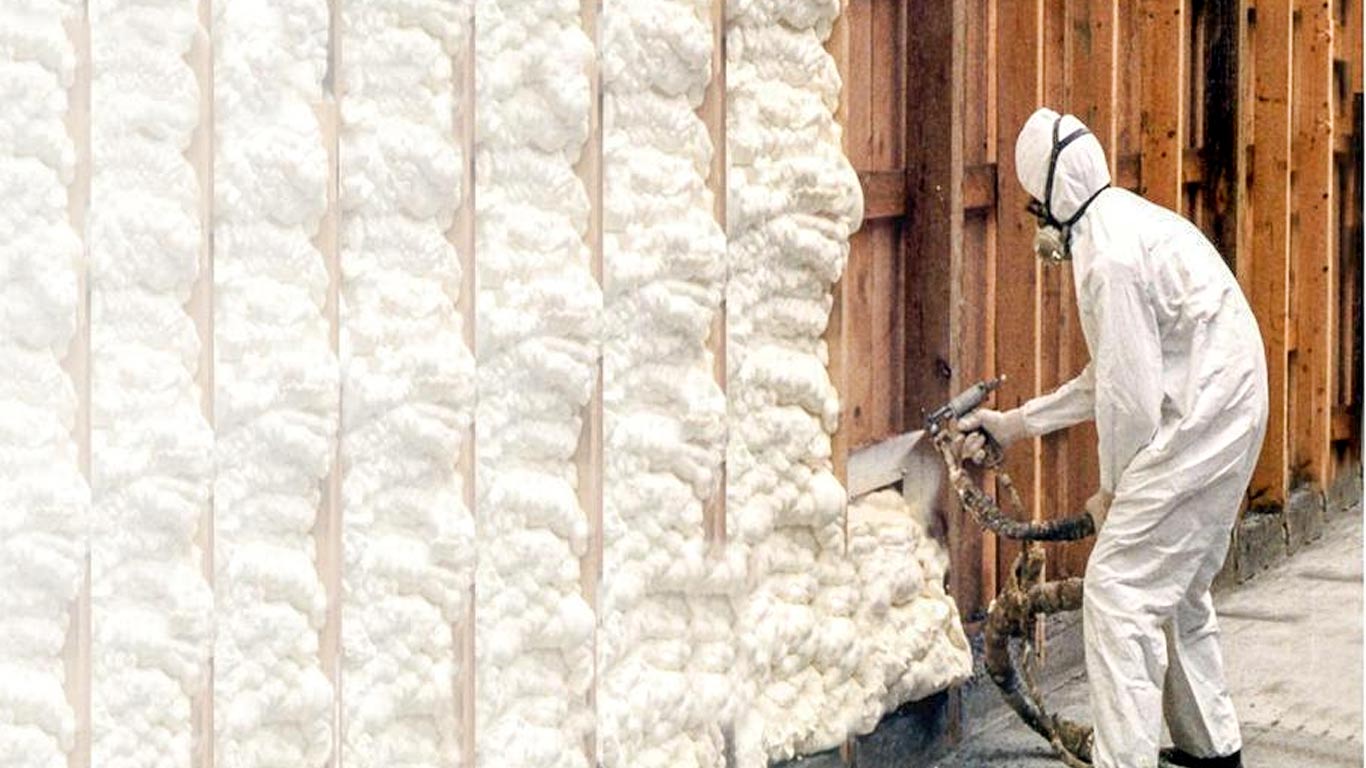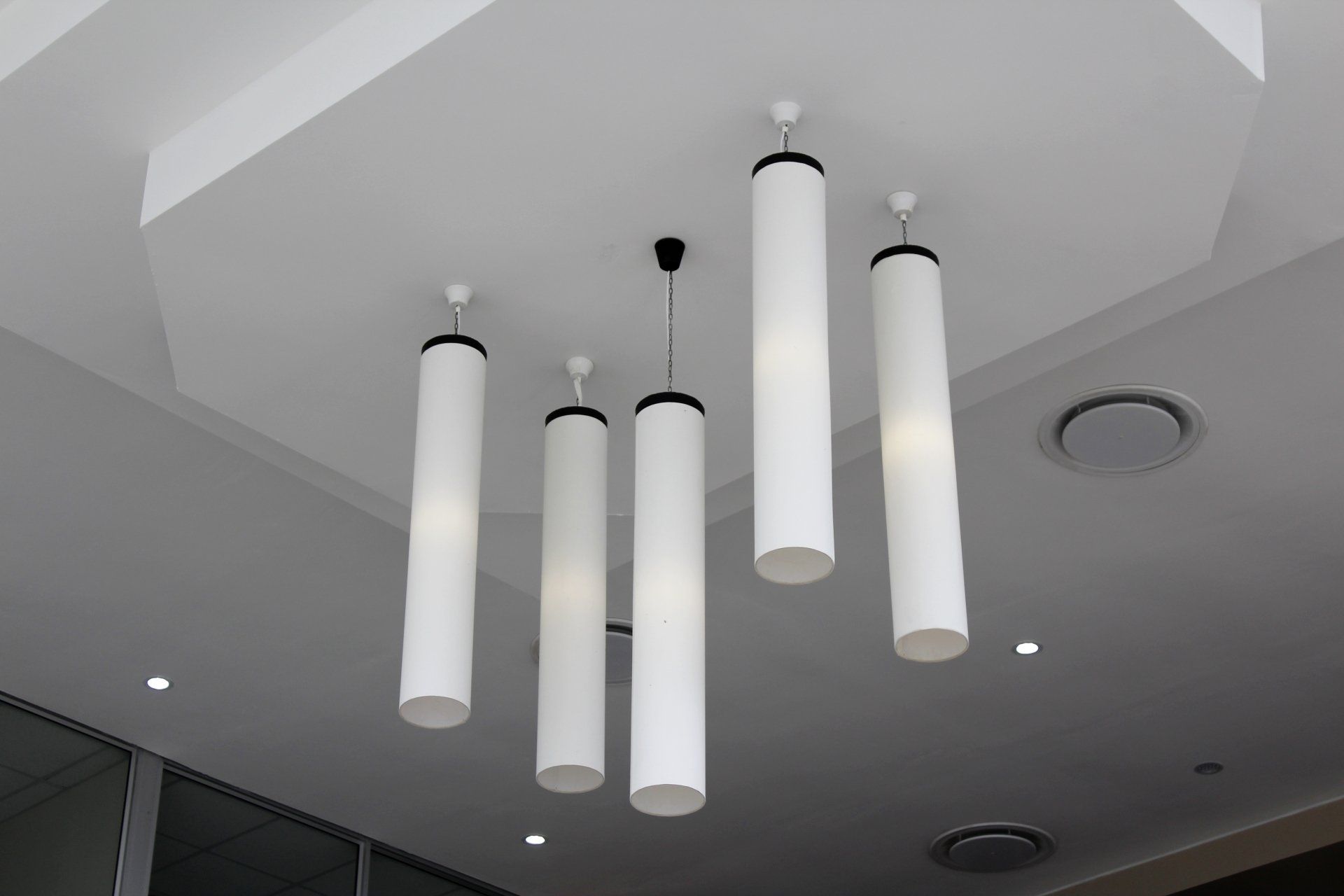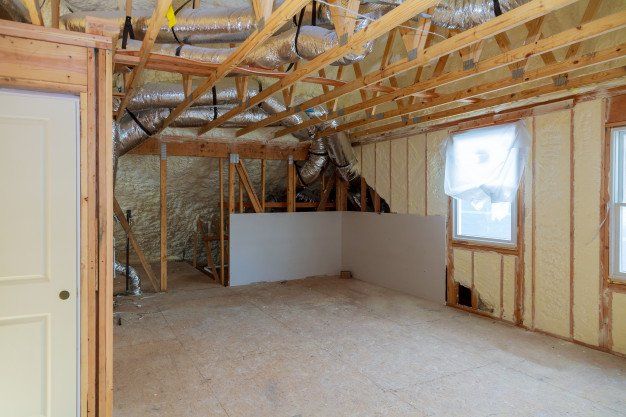The Complete Guide to Mending the Cracks: Drywall Restoration Demystified
Drywall Crack Repair: A Step-by-Step Guide
In the world of home maintenance, cracks in drywall are as inevitable as the changing seasons. These blemishes, ranging from hairline fissures to gaping voids, can mar the aesthetic appeal of any room, signaling underlying issues or simply the passage of time. Fear not, for this guide embarks on a journey through the realm of drywall repair, offering insights and methods to tackle cracks of all sizes. From stress-induced spiderwebs to the intimidating chasms that threaten the integrity of your walls and ceilings, we'll navigate the complexities of drywall restoration with precision and care.
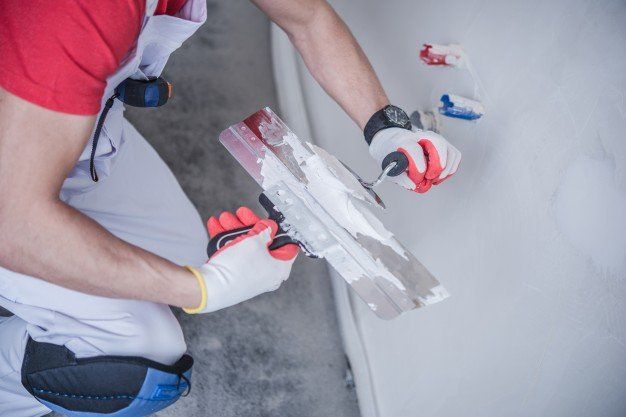
Understanding Drywall Cracks
Drywall, the ubiquitous material in modern construction, is prone to cracking for various reasons. Stress cracks in drywall often emerge from structural settling or seismic activity, manifesting as jagged lines across walls and ceilings. Meanwhile, repairing hairline cracks in drywall might stem from poor installation techniques or the natural expansion and contraction of the building materials for drywall stress crack repair. Large cracks in drywall, however, could indicate more serious issues, such as foundation problems or significant shifts in the home's structure. Recognizing the type and cause of a crack is the first step toward a lasting repair.
The Best Way to Fix Cracks in Drywall
Embarking on a drywall repair journey requires not just knowledge but the right approach tailored to the crack's severity.
Repairing Hairline Cracks in Drywall
Hairline cracks, while minor, can be precursors to larger issues. To address them:
- Flexibility: Opt for flexible joint compounds that can withstand slight movements, reducing the likelihood of recurrence.
- Precision: Employ a fine-tipped tool for applying the compound to ensure it deeply penetrates the crack, providing a more durable repair.
Fixing Small Cracks in Drywall
Small cracks, though not structurally threatening, can become eyesores if not treated properly.
- Reinforcement: Utilizing mesh tape not only bridges the gap but also fortifies the repair area against future stresses.
- Layering: Apply the joint compound in thin layers, allowing each to dry thoroughly before adding the next. This technique prevents cracking and ensures a smoother finish.
Repairing Large Cracks in Drywall
Large cracks require a robust approach to restore wall integrity.
- Stabilization: Prior to repair, ensure there's no ongoing structural movement that might cause new cracks. This may involve consulting a professional for an assessment.
- Depth and Strength: Filling deep cracks with a setting-type compound before applying mesh tape can provide a stronger, more stable base for the final layers of joint compound.
Repair Cracks in Drywall Ceiling
Ceiling repairs pose unique challenges, primarily due to gravity.
- Safety First: Secure the area below the repair site to protect against falling debris.
- Lightweight Solutions: Choose lightweight joint compounds for ceiling repairs to reduce the risk of sagging or compound failure.
Tips for a Flawless Finish
Achieving a professional-quality repair goes beyond simply filling cracks.
- Smooth Transitions: Feathering the edges of the repair into the surrounding wall ensures an invisible fix once painted.
- Primer is Paramount: Applying a primer before painting can prevent the repaired area from absorbing paint differently than the rest of the wall, ensuring color consistency.
Preventing Future Cracks
While some cracking is inevitable, certain strategies can minimize their occurrence.
- Structural Health: Regularly inspect and maintain the structural elements of your home, addressing any issues promptly to prevent cracks from forming.
- Quality Materials: When undertaking renovations or repairs, opt for high-quality drywall and joint compounds to enhance durability.
Cost Considerations for Drywall Crack Repair
When faced with the task of repairing cracks in drywall, homeowners often grapple with two primary concerns: the cost of the repair and whether to undertake the project themselves or hire a professional. Understanding these aspects can help in making informed decisions that balance quality, durability, and budget.
Estimating Repair Costs
The cost of repairing drywall cracks can vary widely based on the extent of the damage, the materials required for the repair, and whether you opt for a DIY approach or professional services. Here’s a breakdown:
- DIY Costs: For minor repairs, such as fixing hairline or small cracks in drywall, the expenses are relatively low, primarily involving the cost of materials like joint compound, sandpaper, and paint. Homeowners might spend anywhere from $10 to $50 on supplies. For larger cracks, adding the cost of mesh tape, a new drywall panel for severe cases, and possibly higher-grade materials can increase expenses to $50-$100.
- Professional Repairs: Hiring a professional will significantly increase the cost, primarily due to labor charges. Simple repairs might start at $150-$200, while more extensive work, especially for large cracks or those in a drywall ceiling, can escalate to $500 or more, depending on the complexity and the need for scaffolding or specialized equipment.
When to Call a Professional
Deciding whether to DIY or call in a professional depends on several factors:
- Skill Level: If you have experience with drywall repair and the necessary tools, tackling small to medium cracks could be a feasible DIY project. However, repairing large cracks or those in ceilings might require techniques and safety measures best handled by a professional.
- Quality and Durability: Professionals bring expertise that ensures the repair is not only aesthetically pleasing but also durable. They can also identify and address underlying issues, such as structural problems, that might be causing the cracks.
- Time and Convenience: DIY repairs can be time-consuming, especially if you're learning as you go. Professionals can complete the job faster, which is a significant advantage if time is of the essence or if the repair is in a critical area of your home.
Professional Insights for Lasting Repairs
Professionals offer more than just labor; they bring insights into the best materials and techniques for a particular situation. For instance, they might recommend a specific type of joint compound that's more suited to your home's environmental conditions or suggest ways to reinforce the repair area to prevent future cracking. Additionally, professionals can provide warranties for their work, giving homeowners peace of mind that if the crack reappears, it will be addressed without additional costs.
Repairing cracks in drywall, from the minuscule to the monumental, is an art form that blends technical skill with a touch of creativity. With the guidance provided in this comprehensive manual, you're equipped to tackle any challenge that your walls or ceilings present. Remember, the success of your repair efforts lies in meticulous preparation, patience, and attention to detail.
Armed with this knowledge, you're ready to transform those cracks from glaring flaws into mere footnotes in your home's history, restoring beauty and integrity to your living spaces.Embrace the challenge, and soon, those cracks will be nothing more than a distant memory, leaving you with smooth, impeccable walls that stand the test of time.



